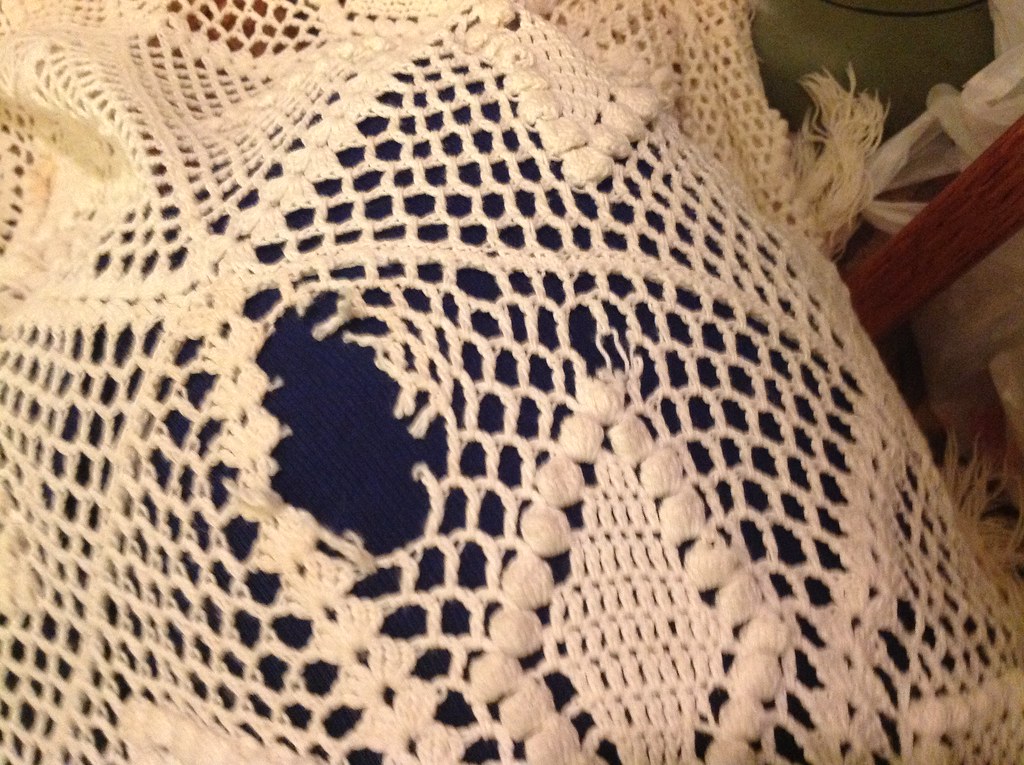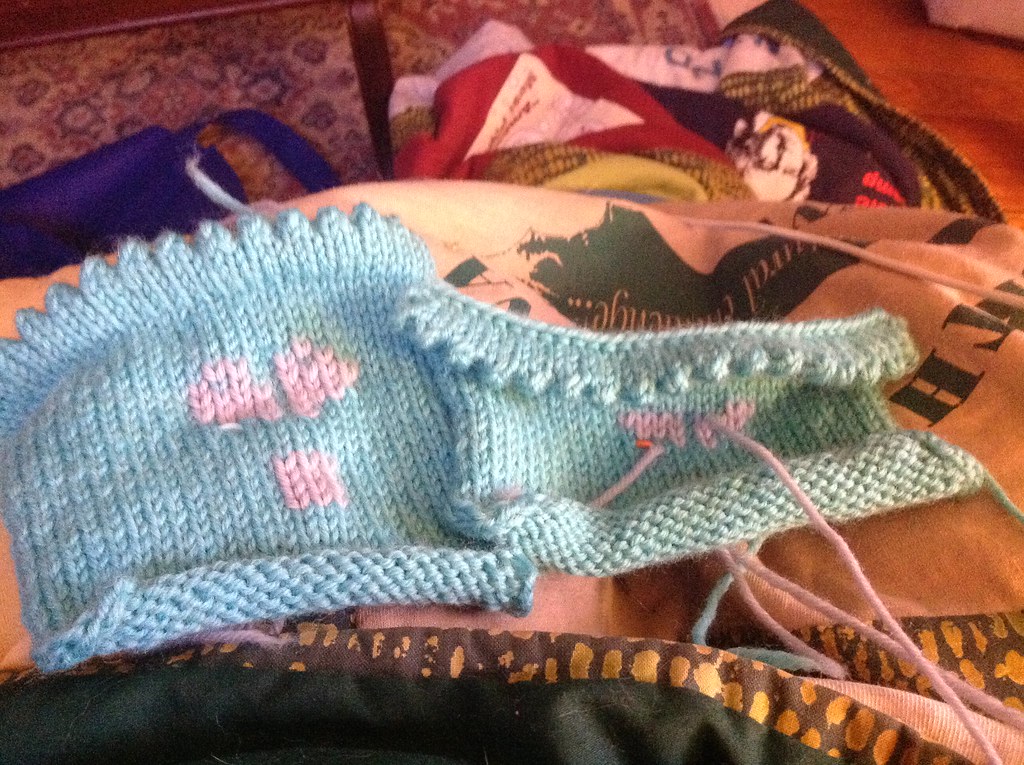Now that Christmas has finished, my eye is starting to turn towards the New Year. While I don’t normally participate in New Year’s resolutions, I do use this time to put together some constructive goals – some for the business, and some personally.
What are some of the things I’m looking to change for the new year? Well, this last year had a bunch of designing, and a number of tight deadlines. On the plus side it brought designs such as Boston Ivy, Mercury, Electrostatic Lines, Riverbend and Lucky Hearts, and Stained Glass Rug to name a few. On the downside, I’m not sure that pace is sustainable. I’m going to be taking a good look at managing time and making sustainable decisions. On the plus side, I’ve now got over two years of data on how long a design takes me. On the minus side, I need to figure out how to leverage that data more.
What did I do well in 2015? Well, I made it to my second TNNA! I reached 50 patterns published – a major milestone both personally, and on Ravelry!
I got to teach several video classes with Interweave, which I’m still super proud and excited about.
As Mr. Turtle and I meet to have our yearly planning meeting, I’m sure we’ll come up with more concrete milestones we want to hit in the next year, and taylor the long-term goals we have already set. I think it’s important to keep evaluating your goals to make sure they’re attainable and still relevant. As life, jobs, and careers take us in different directions, the things we strived for at one point may not be the things we’re striving for at another point.
Do you make crafting, crocheting, knitting or other goals for the new year? How do you make them? I’d love to hear!



 While I’d seen the technique done, a little, in crochet lacework, I’d never seen it done on larger pieces. I also hadn’t seen it done all that much.
While I’d seen the technique done, a little, in crochet lacework, I’d never seen it done on larger pieces. I also hadn’t seen it done all that much.








 Meanwhile, I’m also looking at the practical part of the project. How damaged is the item? How widespread is the wear? Would attempting to fix the item hurt things further? When I’m looking into this I’m often learning about the history of the item: if it was stored in a place where a lot of sunlight, heat or humidity could get to it, the fibers may be damaged. Are the places where wear is showing from use – such as worn out fingers on mittens, or a handle on a bag becoming worn, or because of a different factor? Often the answers form the type of repairs I can do – mittens that are going to get further wear over each winter are going to receive different treatment than a Christmas stocking that’s taken out once a year.
Meanwhile, I’m also looking at the practical part of the project. How damaged is the item? How widespread is the wear? Would attempting to fix the item hurt things further? When I’m looking into this I’m often learning about the history of the item: if it was stored in a place where a lot of sunlight, heat or humidity could get to it, the fibers may be damaged. Are the places where wear is showing from use – such as worn out fingers on mittens, or a handle on a bag becoming worn, or because of a different factor? Often the answers form the type of repairs I can do – mittens that are going to get further wear over each winter are going to receive different treatment than a Christmas stocking that’s taken out once a year.
 Quick Crochet Vest: Learn Broomstick Lace, Short-Rows, Back Loop Stitches & More
Quick Crochet Vest: Learn Broomstick Lace, Short-Rows, Back Loop Stitches & More



 Intarsia Wrap
Intarsia Wrap

